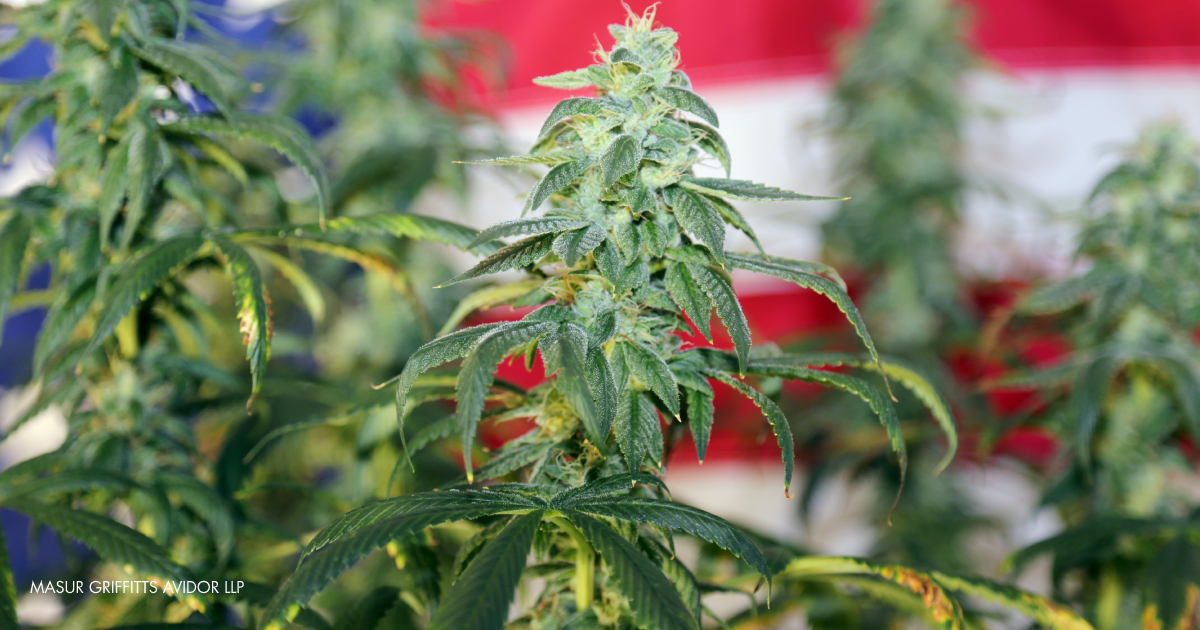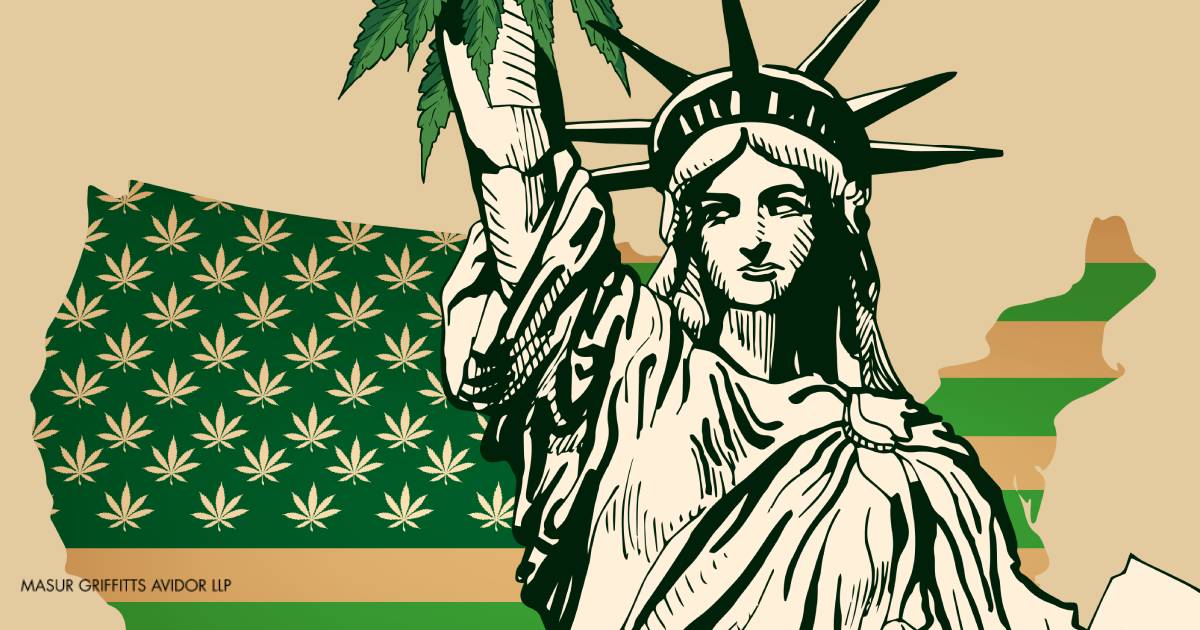The Impact of the Legalization of Recreational Cannabis in New Jersey
By: Jon Avidor and Ilana Faibish
On February 22, 2021, after years of failed legislative attempts, New Jersey’s Governor Phil Murphy signed three bills that together launch a marijuana industry in New Jersey and put an end to thousands of arrests. This comes after New Jersey voters approved in November with a 67% vote “New Jersey Public Question 1”, an amendment to the state constitution to legalize adult recreational use of cannabis. The amendment provides for the state to establish a regulated market for the cultivation, distribution, and sale of cannabis. As a result, New Jersey has joined the minority of states to fully legalize adult recreational cannabis use.
As the guinea pig for recreational legalization in the tri-state area, other states in the northeast will likely look to the Garden State to address some of the hurdles that coincide with legalization, namely, decriminalizing marijuana possession as a matter of law, creating a regulatory commission, and finalizing a taxation plan which implements social equity. New Jersey’s approval is paving the way for New York and other northeastern states to legalize, as evinced in the New York governor’s announcement calling for statewide legalization of recreational marijuana shortly after New Jersey’s amendment to the state constitution.
Decriminalizing Marijuana Possession and Creating a Regulatory Commission
The first aspect of legalization of adult recreational cannabis use and possession is reconciling legalization with criminal legislation and penalties already in place. For example, in New Jersey, the law currently imposes a maximum penalty of six months in prison and a $1,000 fine for marijuana possession of 50 grams or less. This reconciliation is addressed in three bills which New Jersey Governor Phil Murphy signed into law on February 22, 2021. As a result, possession of up to six ounces of marijuana by people age 21 or older is now legal. Moreover, the legislation eases penalties for minors for possession of marijuana. Importantly, distribution and growing cannabis without a license remain illegal.
Furthermore, this new legislation proposes a regulatory and licensing scheme, whereby the State will expand the duties of its existing Cannabis Regulatory Commission implemented for regulatory distribution of medical marijuana to additionally issue and cap the number of recreational marijuana licenses for merchants in six “marketplace” classes, including (i) growers; (ii) processors; (iii) wholesalers; (iv) distributors; (v) retailers; and (vi) delivery services. The cap is intended to support small businesses as the Commission sets aside 25% of licenses for “microbusinesses” and the issuance of licenses is intended to benefit “significantly involved” New Jersey residents. Additionally, the new legislation gives licensing preferences to residents of zones that reflect areas disparately impacted by prohibition with a goal that 30% of all issued licenses would be issued to minority, women’s, and disabled veterans businesses.
In New York, Governor Cuomo signed legislation to decriminalize the penalties for unlawful possession of marijuana, as well as a process to expunge records for non-violent convictions. Since then, Cuomo has been involved in discussions for legalizing adult-use cannabis. Recently, Cuomo released a proposal to create a new Office of Cannabis Management as part of a comprehensive system to oversee and regulate cannabis in New York, emulating the framework set by New Jersey. Similarly, in addition to rolling out a legalization plan that complies with national standards to promote responsible use, Governor Cuomo’s proposal also places a large focus on creating licensing opportunities and assistance to entrepreneurs in communities of color who have been disproportionately impacted by the war on drugs.
Finalizing a Taxation Plan
State executives and legislatures recognize that legalizing and regulating adult-use cannabis creates a path of opportunity to generate massive revenue. For instance, the tentative taxation plan proposed by New Jersey projects a state sales tax on marijuana sales at a rate of 6.6% generating nearly $2 billion in revenue annually once the market develops producing about $126 million in tax revenue. Additionally, localities have the option to charge up an extra 2% tax on sales.
Moreover, to address historical racial disparities and statistical evidence showing that Black Americans are at least 3.6 times more likely to be charged with marijuana possession, New Jersey legislation includes a “social equity” excise tax on cannabis purchases to fund communities impacted by prohibition. However, the excise fee is optional meaning that the Cannabis Regulatory Commission is free to reject it, and the bill does not specify communities entitled to the benefits of the excise tax. If the Commission implements the excise tax, then the funds would be distributed to social equity programs such as educational support, economic development, social support services, and legal aid.
In New York, once the proposal to legalize recreational marijuana use is fully implemented, the marijuana industry is expected to generate more than $300 million in tax revenue, which according to Governor Cuomo is “much needed.”
Conclusion
Until New York decides to move forward with mere plans to fully legalize adult-use recreational marijuana, it is uncertain what New Jersey’s legalization means for cannabis use and possession in its easily accessible New York neighbor less than 10,000 feet across the Hudson River. Governor Cuomo’s proposal seemingly emulates many aspects of the framework implemented by New Jersey. It will be interesting to see where they might differ when the time comes.










